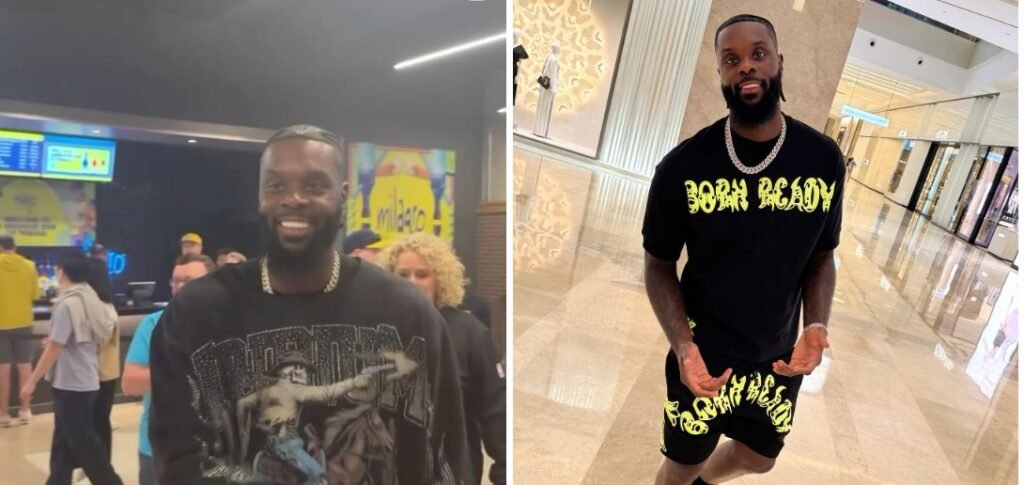
The financial narrative of Lance Stephenson is akin to a full season’s itinerary, with grinding resets interspersed with bursts of excitement. He signed 13 contracts totaling almost $50.8 million during his 11-year NBA career, earning about $37 million in salary. His net worth is about $12 million, which many find surprisingly low considering his earnings, despite such high-profile earnings.
This disparity between gross income and net worth is not unique; taxes, agent fees, living expenses, and the unpredictability of professional sports all drastically reduce the take-home pay for many athletes. Lance continued to play even after NBA contracts slowed, moving to China and the G League, because those later stints paid consistently instead of glamorously.
Player Profile
| Item | Details |
|---|---|
| Name | Lance Stephenson Jr. |
| Birthdate | September 5, 1990 – Brooklyn, New York |
| Height / Weight | 6 ft 5 in (1.96 m) / 210 lb (95 kg) |
| High School | Abraham Lincoln HS, Brooklyn |
| College | University of Cincinnati (2009–2010) |
| NBA Draft | 2010, second round, 40th pick by Indiana Pacers |
| Positions | Shooting Guard / Small Forward |
| Playing Career | 2010–2024 (NBA, China, G League) |
| Career Earnings | Approximately $37 million from NBA contracts |
| Agents | Mark Bartelstein & Reggie Brown (Priority Sports) |
| Net Worth | Estimated at $12 million |
Using game time, visibility, and relevance, Stephenson’s continued participation in the G League with the Iowa Wolves at the age of 34 shows a calculated turnabout. In addition to maintaining his income, this perseverance makes him more desirable for jobs like coaching, mentoring, and media work—all of which are crucial for transitioning out of basketball.
He is more of a role player than a premier if you look at his net worth on the NBA wealth spectrum. Al Horford, for example, has a net worth of almost $130 million. These parallels show that Lance’s journey is more realistic—hard-won, flexible, and resilient—than just star-driven.
The Pacers were Stephenson’s best team, particularly in the 2013–14 campaign when he wowed with five triple-doubles and garnered national notice for his antics, which included blowing in LeBron James’ ear during the playoffs. His distinct brand was embodied by that time period: vibrant, erratic, and viral.
However, off-court considerations are important: his earning potential was limited by early rookie errors, frequent team changes, and a lack of endorsement deals. However, each contract he signed, whether with the Pacers, Clippers, Hornets, or abroad, demonstrated his lasting worth as the kind of spark plug that teams continue to seek out.
Only a small percentage of players amass superstar wealth, as revealed by comparing Lance to contemporary NBA narratives. Most people accumulate modest fortunes, which they must carefully manage. His reliance on agents, such as Priority Sports’ Bartelstein and Brown, emphasizes how crucial organized financial planning is.
Stephenson is currently working hard to build his personal brand. He recently started doing exhibition one-on-one events and has more than two million Instagram followers, indicating a creative shift toward entertainment and influencer revenue streams. A future where sport, media, and entrepreneurship are balanced is hinted at by these diversification efforts.
Stephenson’s story adds to the continuing discussions in the industry regarding the planning, longevity, and earnings of athletes. His story highlights career adaptation and identity outside of the court, underscoring the necessity for young athletes to get ready for financial life after their prime playing days.
